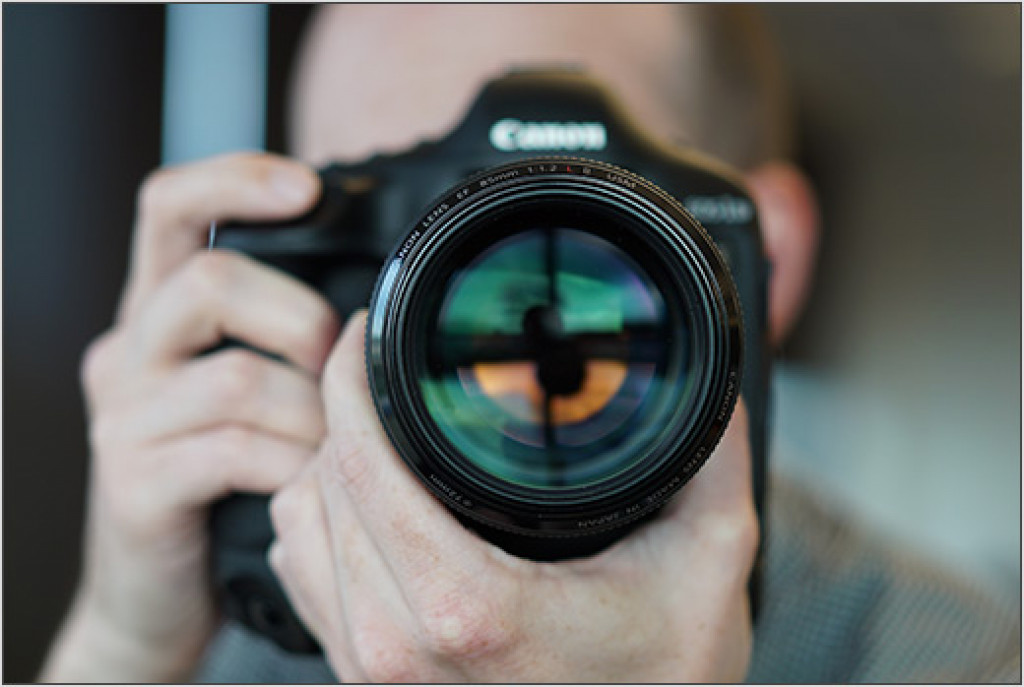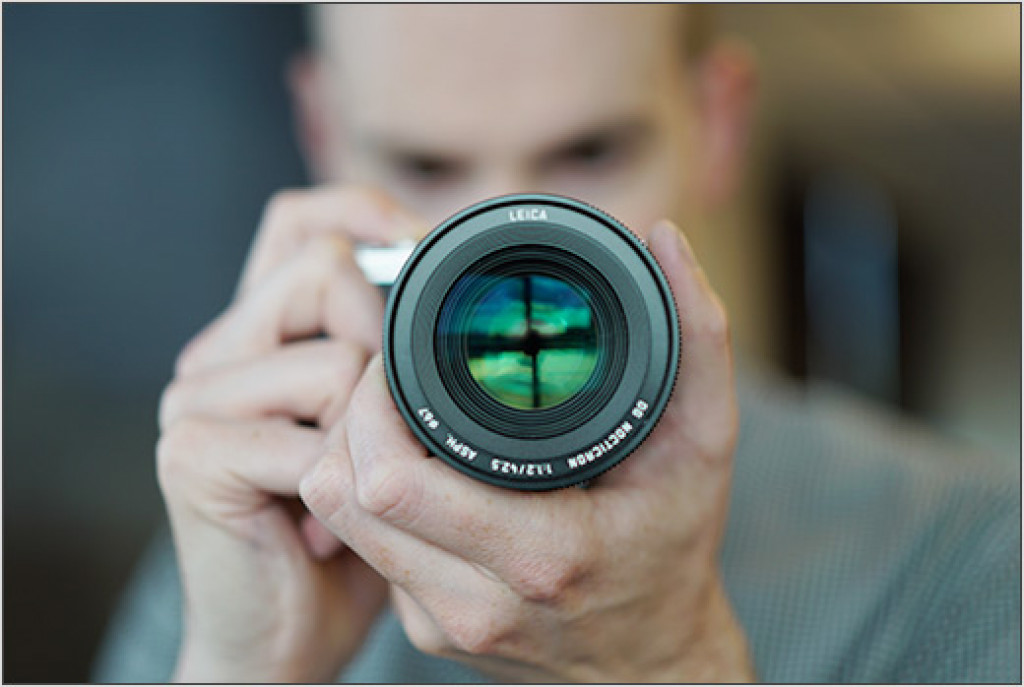
We’ve already looked at the role played by pixel size and the benefits of a larger sensor. But, before you rush out to buy the camera with the biggest sensor you can, it’s worth bearing in mind that you won’t always see its full advantage.
Key takeaways:
For the same field-of-view, a larger format will have shallower depth-of-field at the same F-number.
Shallow depth-of-field can be a creative benefit, up to a point, but you sometimes need a certain depth-of-field.
You can stop down a large sensor camera to match the depth-of-field of a smaller one, but you end up with comparable image quality if you do.
All formats are a series of compromises and there is no correct balance to strike.
The depth-of-field trade-off
As we’ve seen, if you can achieve the same exposure settings, a larger sensor will have a chance to absorb more light and hence give better image quality. But achieving the same exposure value usually requires you to use the same f-number.
With the same f-number, a larger format will also have shallower depth-of-field, which will sometimes be desirable but other times not. Depending on your tastes and shooting style, shallow depth-of-field (and the additional light that usually comes with it) can be a valuable creative tool. But only up to a point, and not in all circumstances.

In situations where you need more depth-of-field it’s possible to stop down the lens on a large sensor camera, but doing so will reduce the amount of light available to your camera: at which point you’ll see the advantage over a smaller-sensor system begin to diminish (while still having to deal with the larger format’s size, weight and cost).
Bigger is usually better, but how much better do you need?
Also, the examples we’ve used were shot in relatively low light. In bright daylight, the image quality of many systems will readily exceed ‘good enough:’ even simple one-shot smartphones do a reasonable job in good light. And once you’re reached ‘good enough,’ any further improvement may not be worthwhile, or even perceptible. So, while a larger sensor will give the potential to receive more light and capture every tone with greater fidelity, that difference won’t always offer a visually appreciable benefit.

In the most simple terms, all systems involve trade-offs between size, price and image quality. The challenge is to understand the magnitude of these trade-offs, and choose the one that makes most sense for you and the types of photos you want to take.
Source: dpreview.com









































